Like this post? Help us by sharing it!
Following on from World Heritage Japan: Part One, in this post we’ll cover the 12 sites to have received UNESCO World Heritage Status since the year 2000 – ranging from silver mines and modernist architecture to the wild and rugged landscapes of northern Hokkaido.
12. The Kumano Kodo
Inscribed: 2004
The Kumano Kodo is an ancient network of pilgrimage routes trodden by peasants and royalty alike for over a thousand years. The routes criss-cross the Kii Peninsula, a mountainous region on Honshu main island known for its towering cedar forests and rugged natural beauty, linking important Shinto shrines and Buddhist temples via rustic towns and villages.


13. Shiretoko Peninsula
Inscribed: 2005
The Shiretoko Peninsula, on the northern island of Hokkaido, is a natural World Heritage Site recognised for its extraordinary ecosystem. This is the southernmost point in the northern hemisphere where sea ice forms, and it is one of the best places in the world to spot endangered Blakiston’s fish owls and Steller’s Sea Eagles.

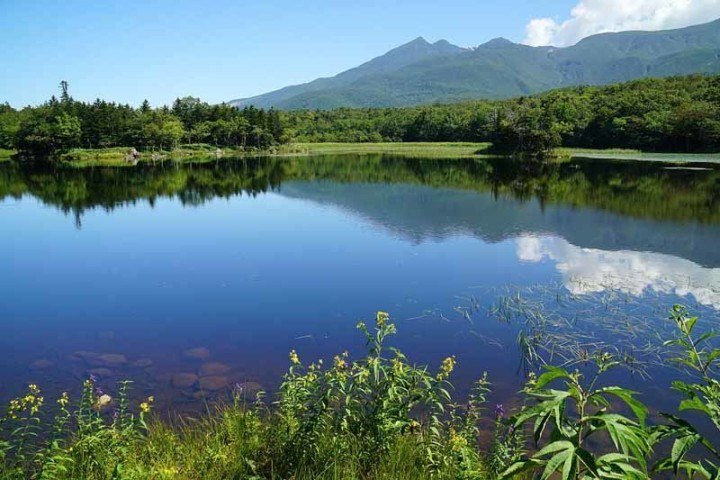
14. Iwami Ginzan Silver Mine
Inscribed: 2007
The Iwami Ginzan Silver Mine comprises a large-scale network of over 600 pits and shafts burrowing into the hillsides of southwestern Honshu Island, with three former castles, processing sites and service ports earmarked for preservation. In use from the 16th until the 20th century, the mine played a pivotal role in the economic development of East Asia – and at one point in the 17th century was producing one third of the world’s silver.


15. Hiraizumi
Inscribed: 2011
Hiraizumi, deep in the northern reaches of Tohoku, boasts several World Heritage Sites that hark back to an era when this remote corner of Japan rivalled Kyoto as a centre of culture, religion and learning. Hiraizumi’s five UNESCO-listed temples and gardens date from the 11th and 12th centuries and represent a fusion between indigenous Japanese aesthetics and the ideals of Pure Land Buddhism.

16. Ogasawara Islands
Inscribed: 2011
The last of Japan’s four natural World Heritage Sites to be inscribed by UNESCO, the Ogasawara Islands are also the most remote – lying 1,000 kilometres (620 mi) from Tokyo (of which they are officially part). There are more than 30 islands in this tiny archipelago, which earned its UNESCO status thanks to its outstanding variety of wildlife – including the Bonin Flying Fox and 195 endangered bird species — and this has earned the islands the nickname “Galapagos of Japan”.


17. Mount Fuji
Inscribed: 2013
Though probably the most instantly recognisable symbol of Japan, Mount Fuji was surprisingly late to the World Heritage party, only receiving its protected status in 2013. Fuji-san’s much-lauded symmetry has inspired artists and poets for hundreds of years, which is why it’s listed as a cultural rather than a natural World Heritage Site. Today, the peak is scaled by 300,000 climbers every year.


18. Tomioka Silk Mill
Inscribed: 2014
Located in Gunma Prefecture, northwest of Tokyo, the Tomioka Silk Mill complex was established in the late 19th and early 20th century, making it one of the youngest properties in Japan to have received World Heritage status. The mill played an important role in revitalising Japan’s silk industry, which in turn played a huge part in the country’s entry to the modern industrialised world.
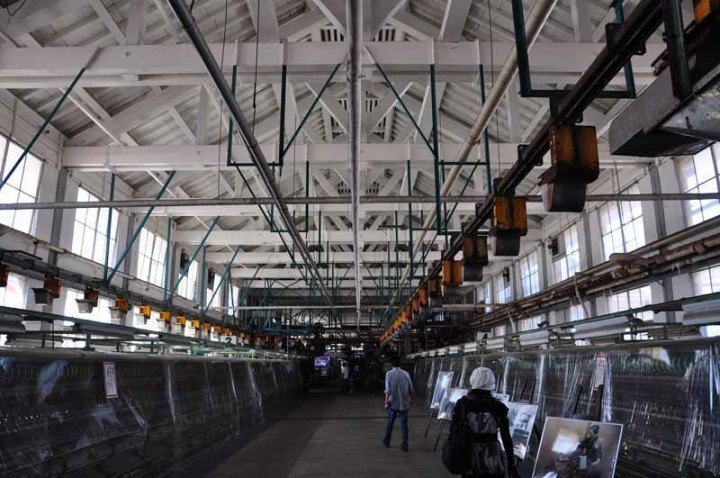
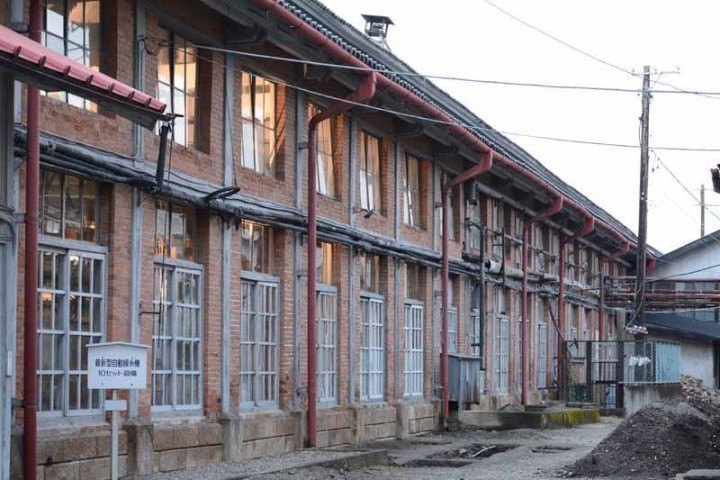
19. Sites of the Meiji Industrial Revolution
Inscribed: 2015
The 19th entry to the UNESCO World Heritage Hall of Fame isn’t one site but many, which lie scattered across Japan, particularly in the southwest. These are the buildings, mines and factories that drove the Meiji Industrial Revolution, propelling Japan into the modern world through shipbuilding, the steel industry, coal mining and more. Most famous is the deserted island of Gunkanjima, or “Battleship Island”, which starred as the villain’s lair in 2012’s Skyfall.
This collection of 19th century industrial sites represents the first time that Western technology was adopted and adapted by a non-Western nation – a fascinating glimpse of a not-too-distant history.
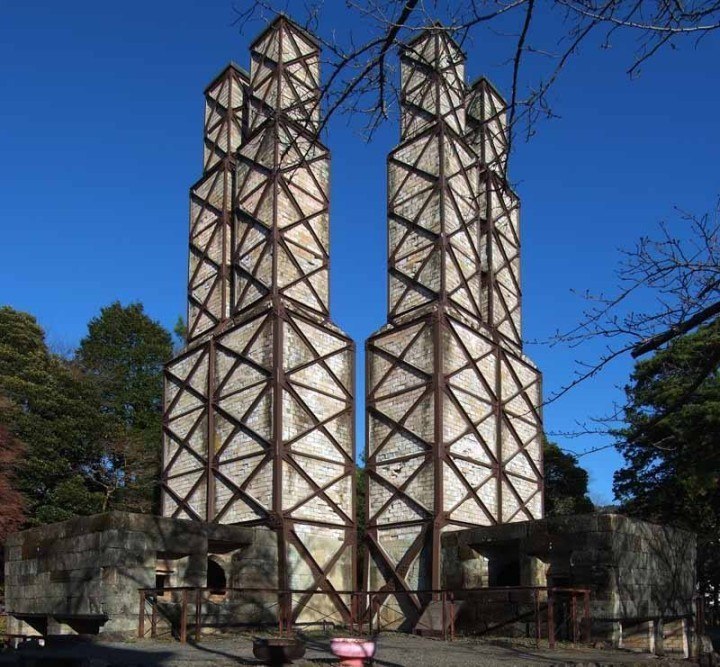
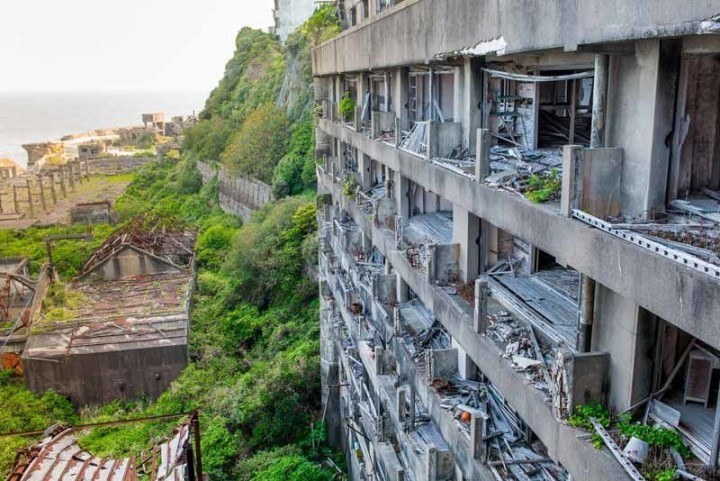
20. The architectural work of Le Corbusier
Inscribed: 2016
Rather unusually, Japan shares its 20th World Heritage Site with six other countries, spread across three continents. These 17 sites aren’t just testament to the individual genius of the French architect Le Corbusier, they’re evidence of how the Modern Movement sought to solve the challenges of society and standardise architectural practice around the world. Japan’s contribution to the clutch is the National Museum of Western Art in Tokyo, which was built as a symbol of friendship between France and Japan after WWII, and is considered by many to be more significant than the artworks it was built to house.

21. Sacred island of Okinoshima
Inscribed 2017
60 km off the coast of Kyushu, the island of Okinoshima has been held sacred by the Japanese for centuries. From the fourth to the ninth century AD, it was the site of intense cultural exchange between Japan, the Korean Peninsula and the Asian mainland, and rituals were performed to safeguard ships at sea. Though these practices ceased after 500 years, the island is considered sacred to this day, and the degree to which its ritual sites, taboos, votive offerings, and primeval forests have been preserved is exceptional.

22. Hidden Christian sites in the Nagasaki region
Inscribed 2018
Like the peace memorial in Hiroshima, this World Heritage entry commemorates a difficult period of Japanese history: the years from the 17th to the 19th centuries, when Christianity was banned in Japan. Encompassing ten villages and the ruins of a castle and a cathedral, these sites tell the story of Nagasaki’s “hidden Christians”, who secretly kept their faith, developed their own vernacular traditions, and survived for two centuries in the face of religious persecution.
Our World Heritage Self-Guided Adventure incorporates a wide range of UNESCO-listed sites, but if you’re interested in visiting any of the more obscure or little-visited sites on Japan’s World Heritage list, don’t hesitate to get in touch and we’ll design a trip especially for you.

23. Mozu-Furuichi Kofun: the mounded tombs of ancient Japan
Inscribed 2019
The most recent additions to Japan’s World Heritage crop are also among its oldest: the kofun “old mounds” of the Osaka Plain. UNESCO has selected 49 out of a possible 160,000 of these ancient burial mounds as the best examples of the Kofun Period, which stretched from the third to the sixth century AD. The round, rectangular and keyhole-shaped tumuli were built for members of Japan’s elite and stuffed with iron weapons and other burial items, offering evidence of highly sophisticated burial practices.
View this post on Instagram
Our World Heritage Self-Guided Adventure incorporates some of our favourite UNESCO-listed sites, but if you’re interested in visiting some of the more obscure or little-visited locations on this list, don’t hesitate to get in touch and we’ll design a trip especially for you.


